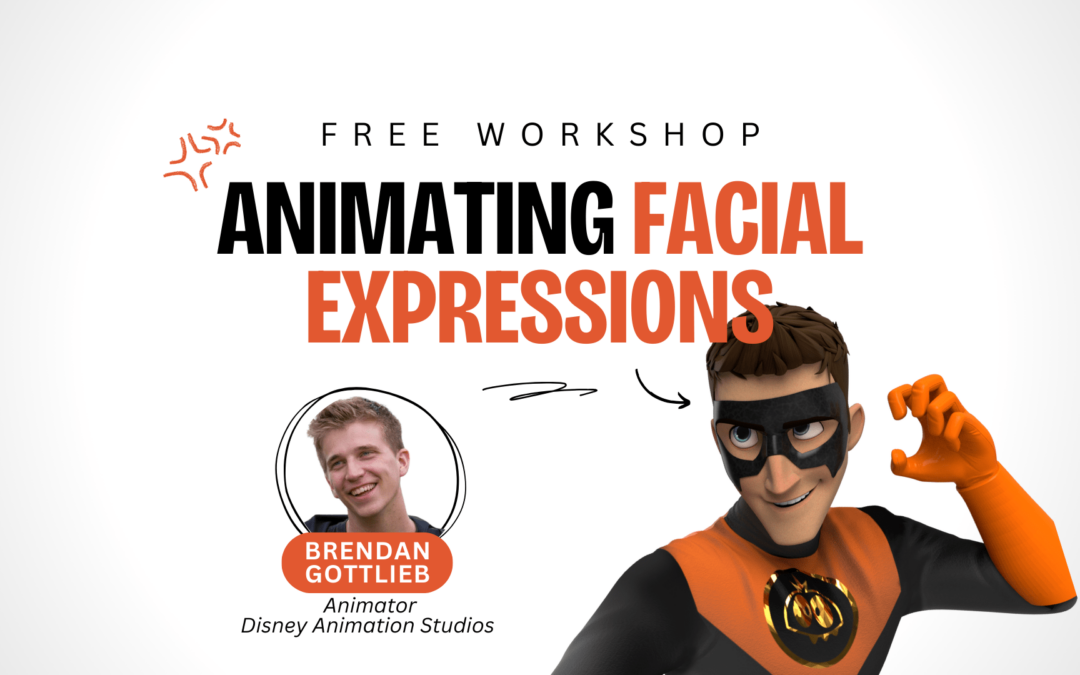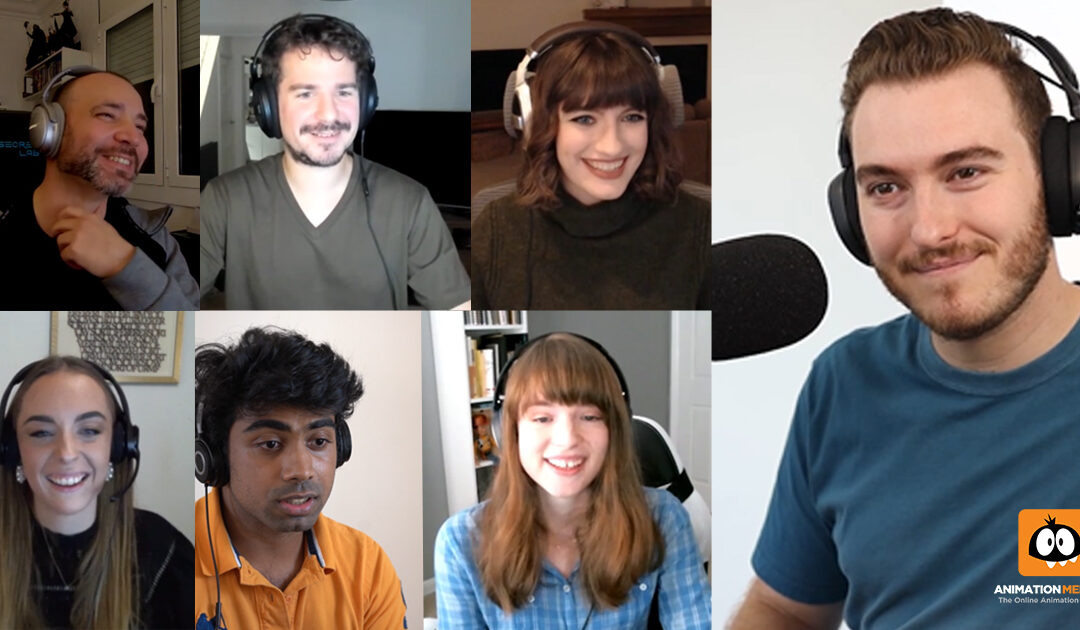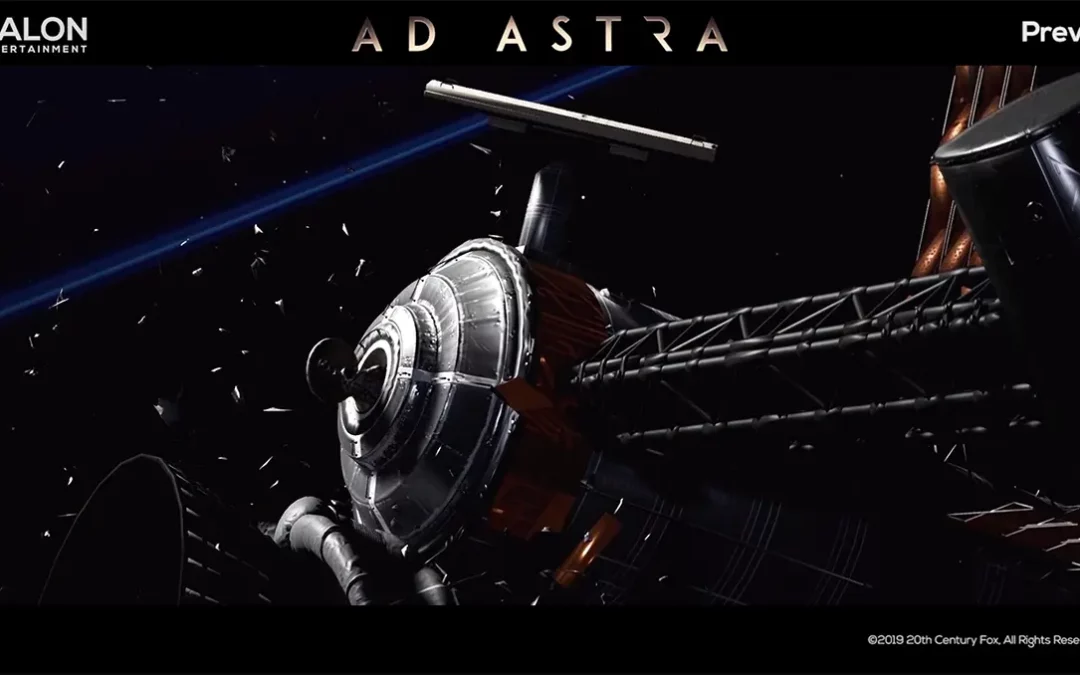
We’re covering the 12 Basic Principles of Animation one principle at a time. Next up, we set the stage…literally! Learn what staging is, why you need to know about it, what it looks like, and how to use it to become the best animator you can be.
Staging is one of the 12 Basic Principles of Animation and, oftentimes, is overlooked by animators and unnoticed by audiences. But it is a powerful tool that can inform an audience about character and narrative. Staging is connected to acting, timing, cinematography, and setting. When an animator understands staging, he or she controls the attention of the audience and helps drive the story.
Here are 3 tips on staging that will help you with your shot.
1. Halves and thirds
One easy technique keeps the characters of interest in the a half or third of the camera frame. If you divide a frame of the shot in half or thirds and place the character in those sections, you control the attention of the audience while communicating the importance of that character.
This is a shot from Star Wars.

With Princess Leia in the middle third, our attention is focused on her. At this point in the story she is communicating important information about the Empire and about her character. So the staging allows us to pay better attention to what she is saying. She is also surrounded by stormtroopers which tells us that she’s in trouble.

This shot shows Luke in training.

This part of the story focuses on Luke’s training, so Luke and Yoda are set in the middle, which focuses the audience’s attention on them. The left and right thirds have dark foreground objects and further pushes our attention inward.

Here Anakin is the main focus of the shot, so he is staged in the center of the frame. He is also in the foreground, making him appear larger and more important—another staging technique.

Here we see Anakin meeting with the Jedi council.

Anakin is set on the left side of the frame showing is division from the Jedi Council. He is also set on the dark side of the frame telling the audience something about his state of mind at this point in the story.
2. Lines of focus
By using sets, other characters, and camera angles, one can create lines of focus that can draw the attention of the audience where you intend it to be.

Here all the pilots have their eyeline toward Princess Leia, thus drawing our attention to her. It tells us that she is saying something important.

She is also dressed in white, while being surrounded by orange and framed by the 2 foreground pilots. This draws our attention to her, so we pay attention to what she is saying.
In this shot of two Jedi and young Anakin in the Jedi High Council Chamber, the same technique is used.

With all the Jedi council members focused on the three in the middle, our eye is immediately drawn to them. They are also in the middle of the frame fully lit while the council members are in darkness, further drawing our eye to them.

In this shot, we see how the pipes and machinery of the destroyer bridge draw lines to Darth Vader. He is also in the center of the shot framed by the center window

3. Consistent Screen Direction
Screen direction is the direction that a character appears to be moving or speaking. Having a consistent screen direction is important to convey information to your audience clearly.

This sequence is an important conversation between Luke and Obi Wan. To avoid confusion, the screen direction of both characters remains constant throughout the sequence. Luke is always on screen right while Obi Wan is always on screen left even when only one of them is on screen. This simple technique keeps the audience from becoming disoriented and distracted during this conversation.
You’ll notice that other staging techniques are employed here as well. The staging is in thirds or halves. Luke and Obi Wan are brightly lit when they are speaking while the set is dark drawing out attention to them.
There are many techniques in staging that can help an animator, filmmaker, or storyteller, tell his/her story effectively. Proper staging can add to a character’s thoughts, a story point, or mood. The key is making an idea clear to the viewer.

Want to learn from professional animators?
Start your animation journey by learning with professional animators from a variety of studios and career paths! Get more information about Animation Mentor’s Character Animation Courses.



